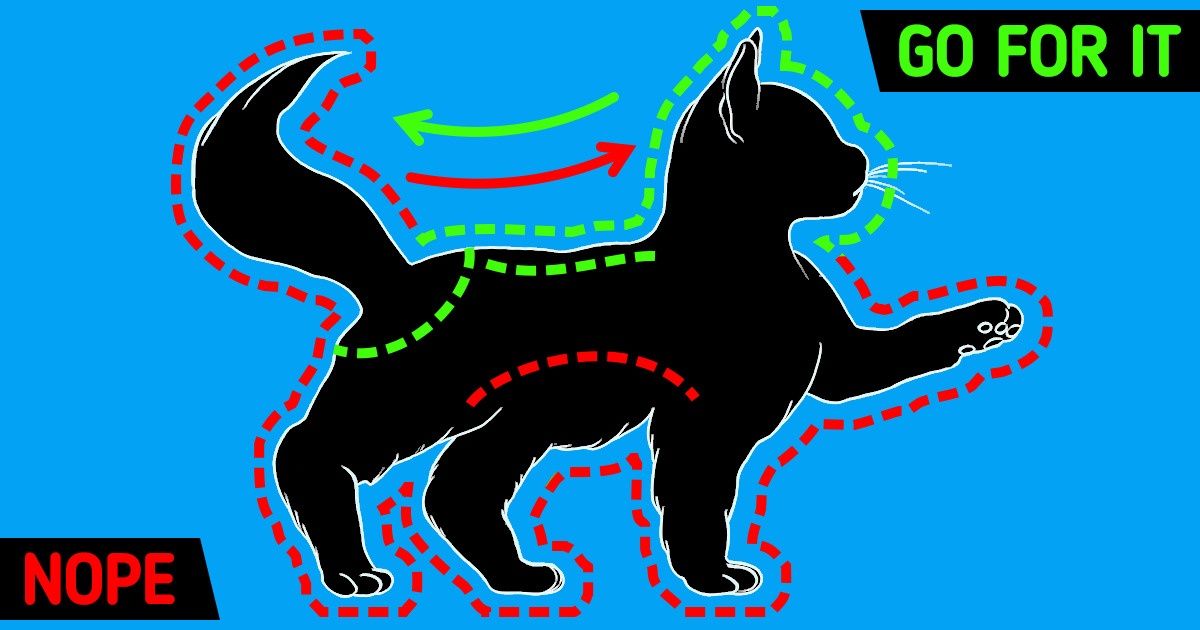
How to Pet Your Cat in the Right Spots

Knowing how to interact with your fluffy friend properly is the right way to build a bond with it. Of course, every cat is different, which is why it’s important to find a particular approach that suits your pet best. However, there are some special petting spots that most cats won’t be able to resist, and 5-Minute Crafts is ready to tell you all about them.
First, introduce yourself.
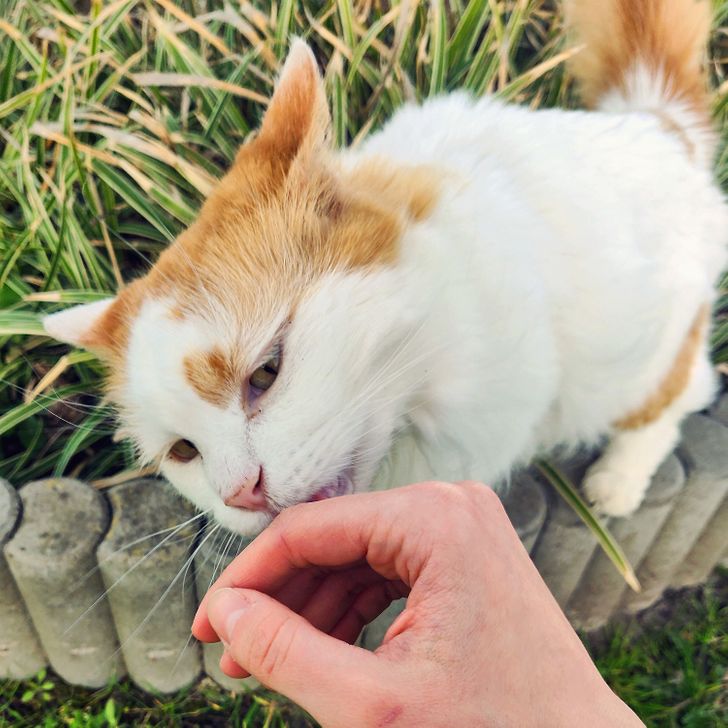
Don’t make your cat surprised by sudden strokes. It can make the animal very defensive and reluctant to receive any pets from you. Extend your fingers and slowly bring your hands next to the cat’s face. Let it sniff you so that it and understand that you don’t mean any danger and can be trusted.
Proceed to the areas that cats like.
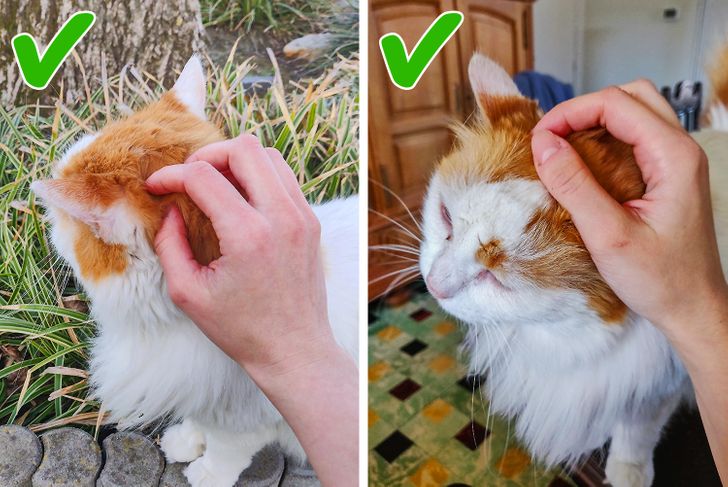
- Back of the head: Start with gentle scratching at the back of the cat’s head and neck. Always rub in the direction of the fur growth.
- Base of the ears: Some cats enjoy gentle rubs in this area too. With your fingers, softly stroke and scratch along the base of the ears and the forehead.
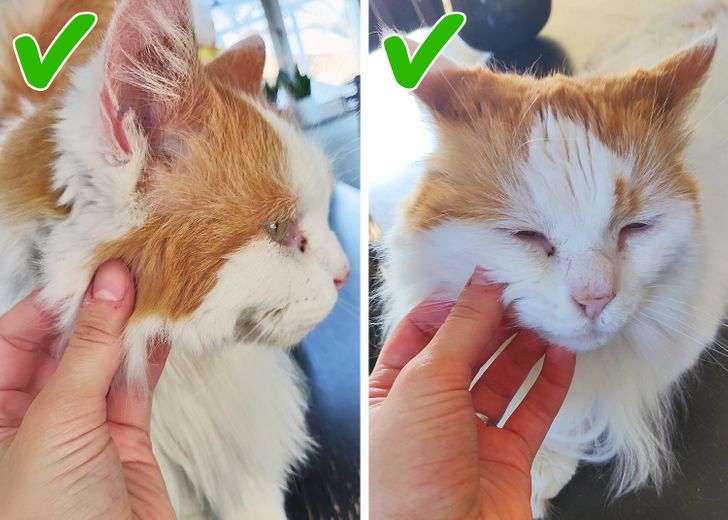
- Chin area: Some cats enjoy being tickled under their chin. You can try to tickle this area with the tips of your finger and see if your cat enjoys this kind of petting.
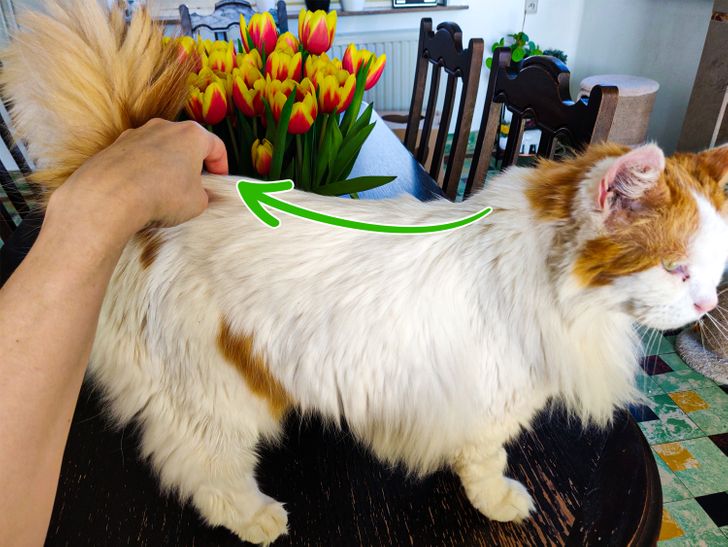
- Above the tail: With slow and rhythmic strokes, go down the cat’s back and pay extra attention to the area at the end of it. Lightly scratch this area to give your cat extra pleasure. However, avoid the tail since cats don’t like when this part gets touched. Make sure you always stroke from the head to the tail, not from the tail to the head.
Areas you should avoid
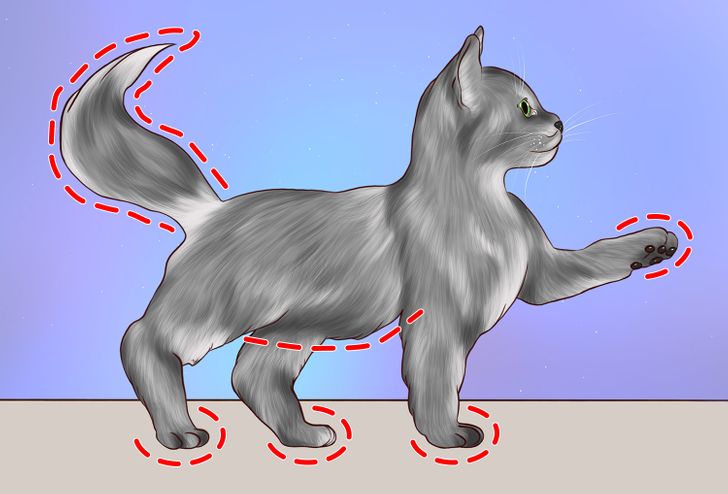
- Belly: Cats generally don’t like being stroked here, as exposing this area can make them feel vulnerable and exposed.
- Tail: A cat’s tail is a very sensitive area with a lot of nerve endings and ligaments. This part of the body plays an important role in their overall balance and mobility. They don’t particularly enjoy when their tail is being touched, so you’d better leave it alone.
Signs a cat is enjoying being stroked
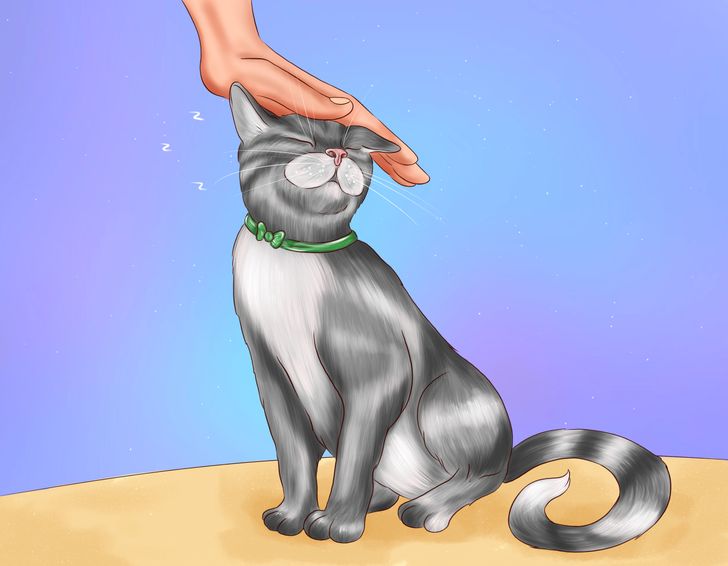
- It holds its tail upright, lightly waving it from side to side. It doesn’t mind being in contact with your hand.
- It makes purring noises.
- It starts kneading with its paws.
- Its posture is relaxed and its ears are pointed forward.
- It gives you a small nudge as you come to stroke it.
Signs a cat dislikes being pet
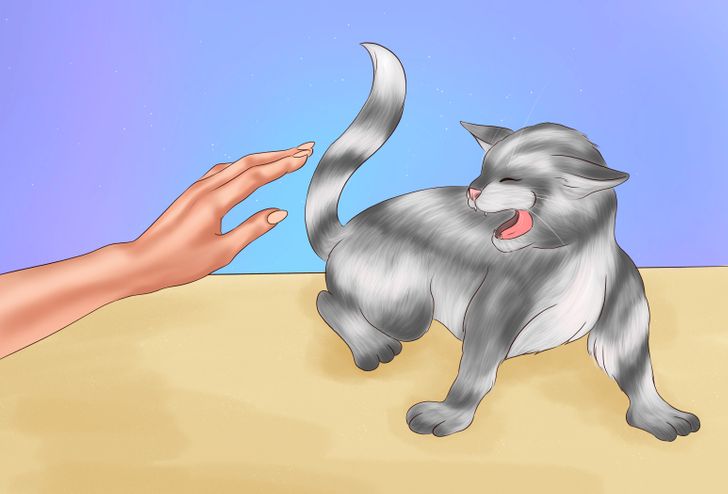
- It attempts to turn away from you.
- It doesn’t react to your strokes and stays passive, never purring or kneading with its paws.
- It attempts to groom itself after you’ve touched it.
- It makes sharp movements with its tail.
- It’s ears are held flat on its head and rotated backward.
- It makes rapid movements toward you or your hand, attempting to bite or fight with you.
Share This Article